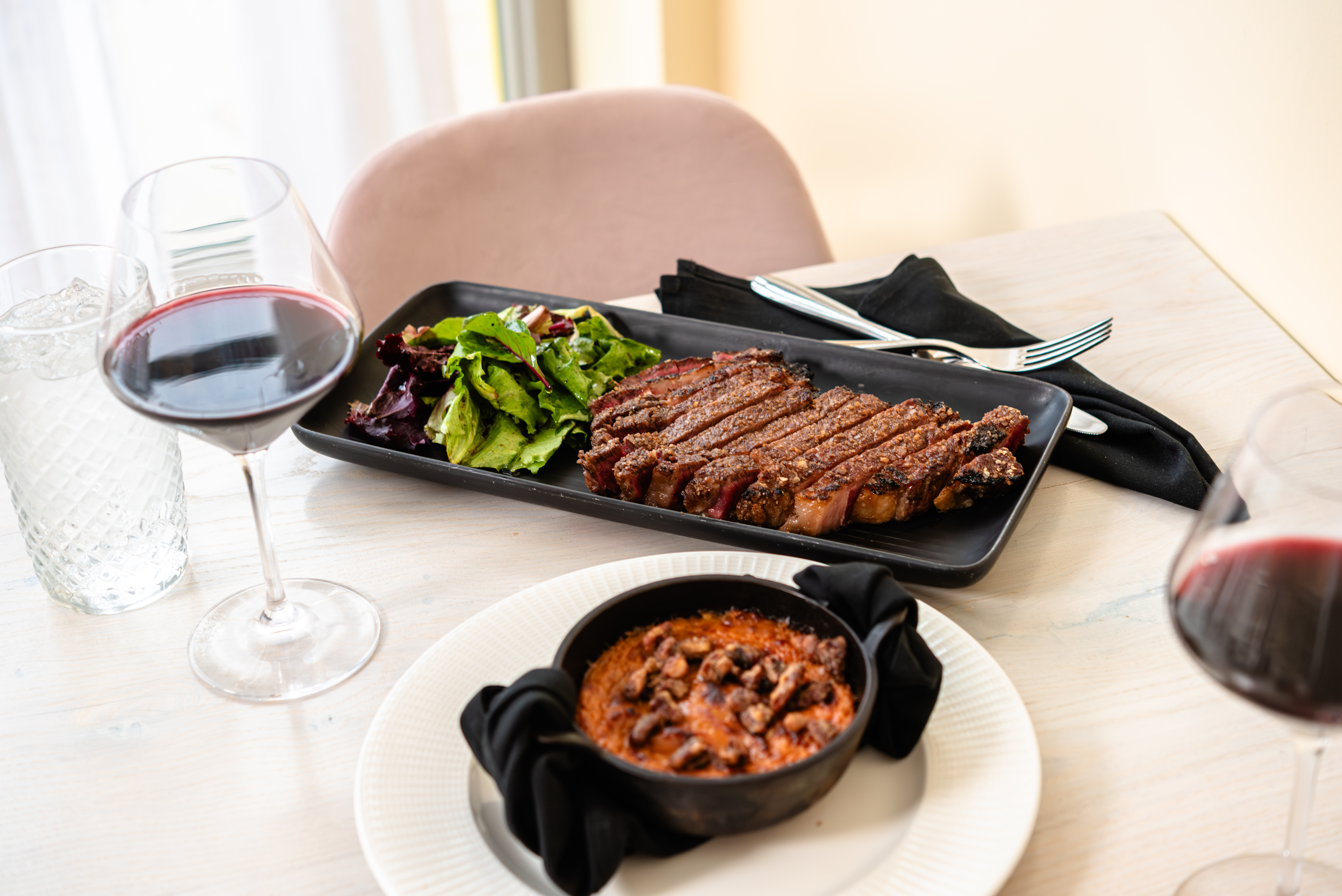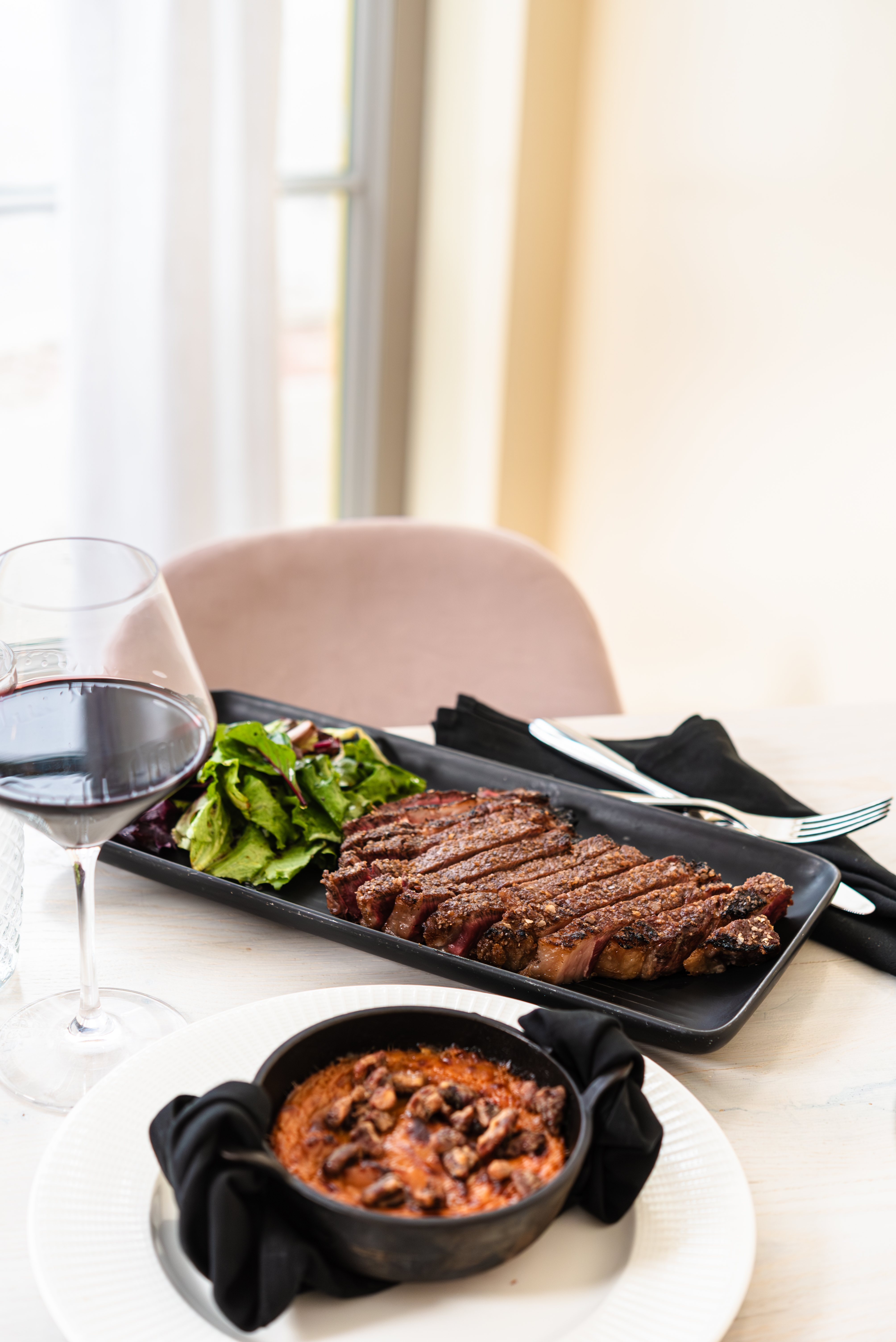The more we talked, the more O’Malley clued me in to creating an authentic version of this Irish dish: the kind of tidbits only your grandma tells you in passing as she seamlessly adds ingredients. This is the way O’Malley learned to bake soda bread from his father, who learned from his mother, who came to Cleveland from County Mayo in 1920.
“Soda bread was an everyday thing in Ireland, but it was something special at our house,” O’Malley says. It was a dish his dad made only for holidays. It’s a short process, yes. But don’t be misled: There are plenty of tricks to keep it moist and thoroughly cooked.
Soda Bread
Gramma O’Malley’s Irish Soda Bread
2 cups white flour
2 cups wheat flour
1/2 cup sugar
2 teaspoons baking soda
1 teaspoon salt
4 tablespoons butter (chilled)
1 cup raisins
1 1/2 cups buttermilk
Preheat the oven to 350 degrees. In a bowl, combine the dry ingredients, mixing well. Add chilled butter and cut into mixture until the crumbs are pea-sized [ 1 ].
Stir in the raisins and buttermilk. Remove the dough from bowl, and place onto a flat, floured surface. Knead 1 minute and shape into a disk[ 2 ].
Cut an “X” into the top and bake on a greased baking sheet for 45 to 50 minutes[ 3 ].
Secrets of the Family Recipe
[ 1 ] Cut the butter into 1/2-inch cubes before adding them to the mixture. The smaller you cut the butter, the better. Taking two dinner knives, O’Malley cuts crisscrosses through the mixture until it’s well blended. But don’t take the easy way out. “If you melt it, the butter gets greasy and oily,” he warns, which makes the dough tough to work with.
[ 2 ] O’Malley kneads the dough into a round ball and then pats it down into a flat disc four or five times. You must knead and blend well — at least a full minute. But “the more you knead it, the tougher it is when it comes out and the easier it will crumble,” he says. And don’t forget to flour your hands — this is one sticky dough (because of the buttermilk).
[ 3 ] How do you know it’s done? Forget the clean toothpick rule. Instead, knock on it. If it sounds hollow, you’re good.
Trending
-
1
-
2
-
3
-
4
-
5










